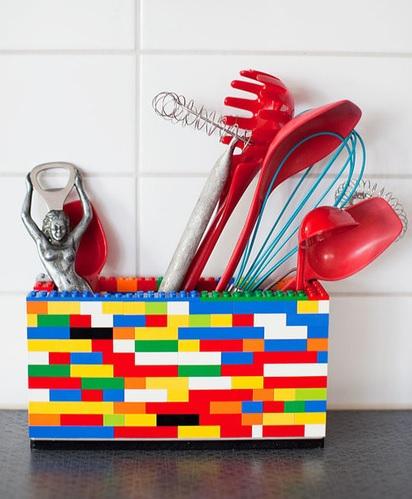A power tool humming away might be music to your ears as a DIY enthusiast. Yet the excitement can sometimes cause you to neglect the maintenance of these tools. By disregarding proper care and maintenance, their longevity and safety are jeopardized.
An understanding of their mechanics and upkeep is essential to keep them performing at their best. This guide will equip you with power tool care and maintenance knowledge. From cleaning routines to troubleshooting common issues, these guidelines will ensure your tools stay sharp, efficient, and safe.

Buying Replacement Carbon Brushes
Power tools operate with carbon brushes, which are components that transfer electrical current within the tool’s motor. Over time, these brushes can wear out, affecting your tool’s performance. That’s why you should know when and where to source replacements.
With many vendors out there, it often takes work to identify reliable sources. However, companies like TDO Carbon sells replacement carbon brushes in the worldwide, including replacements for big power tool brands like Bosch, Black & Decker, and Dewalt. Considering how vital these small components are to your tool’s overall performance, that’s a relief. The key is to find a reputable company that sells reliable replacement carbon brushes that are compatible with major power tool brands worldwide.
When buying, ensure you’re picking the right brush for your tool. There are many different shapes and sizes, so matching the brush to your tool’s specifications is essential. With quality replacements, you’ll extend the life of your power tools and keep your DIY projects running smoothly.
Troubleshooting Common Issues
Once you’ve replaced worn-out carbon brushes, you’re on your way to maintaining your power tool. However, you’ll also need to know how to troubleshoot common issues.
Whether it’s a drill that won’t spin or an overheated saw, there’s usually a tell-tale sign. Knowing your tools’ normal operations will help you spot irregularities sooner.
After identifying a minor issue, it’s time to put your DIY skills to work. Occasionally, issues like a loose part or a jammed blade can be resolved with a simple adjustment or cleaning. Refer to your tool’s user manual if you need clarification.
There’ll be instances where a problem is beyond a quick fix, and that’s alright. If a tool doesn’t function correctly after your attempts, or you’re uncomfortable repairing it, it’s time to consult a professional. It’s crucial to prioritize safety over the temptation to resolve the issue independently.
Power Tool Maintenance Practices
A routine maintenance schedule isn’t just a suggestion; it’s a necessity for the longevity of your power tools. It’s the best way to catch minor issues before they turn into costly repairs.
Regular checks on cords, switches, and motor operation can prevent unexpected downtime and ensure optimal tool performance.
Worn-out parts don’t just reduce efficiency; they’re a safety hazard. If a part’s showing signs of wear and tear, it’s time to replace it. Don’t wait for a catastrophic failure; remember, proactive maintenance is often cheaper than repairs.
Similarly, don’t skimp on lubricating moving parts; they’ll work smoother, last longer, and make your job easier.
Cordless tools need a little extra care, particularly regarding their batteries. Never let them fully discharge, as it’ll shorten their lifespan. And always store batteries in a cool, dry place as excessive heat or cold can damage them. Well-cared-for tools not only serve you better, but they last longer too.
Basic Safety Procedures
Apart from maintaining the performance of your tools through timely replacements, your personal safety while using them is paramount.
Your safety is just as crucial as the tool you’re handling. Therefore, wear safety goggles, sturdy footwear, and protective gloves before you start.
Additionally, it’s vital to establish safe workplace practices. Work in a well-lit, clean, and clutter-free environment to prevent accidents. You must also be familiar with the correct operating procedures for each tool you’re using.
Lastly, proper handling and storage of power tools are pivotal to your safety. You’re less likely to encounter accidents when tools are kept in their appropriate storage and aren’t left out haphazardly. Additionally, disconnect the power source before storing to prevent electrical risks and energy waste.
Conclusion
Caring for power tools is a measure of upkeep and a crucial step for safety and efficient functioning. Emphasizing regular maintenance, identifying and rectifying common issues, and understanding the importance of quality replacement parts like carbon brushes reinforces tool longevity.
Safety should always take precedence, whether donning personal protective equipment or seeking professional help when issues escalate. With these guidelines, your power tools will stay at their peak performance, ensuring your DIY projects run seamlessly.






